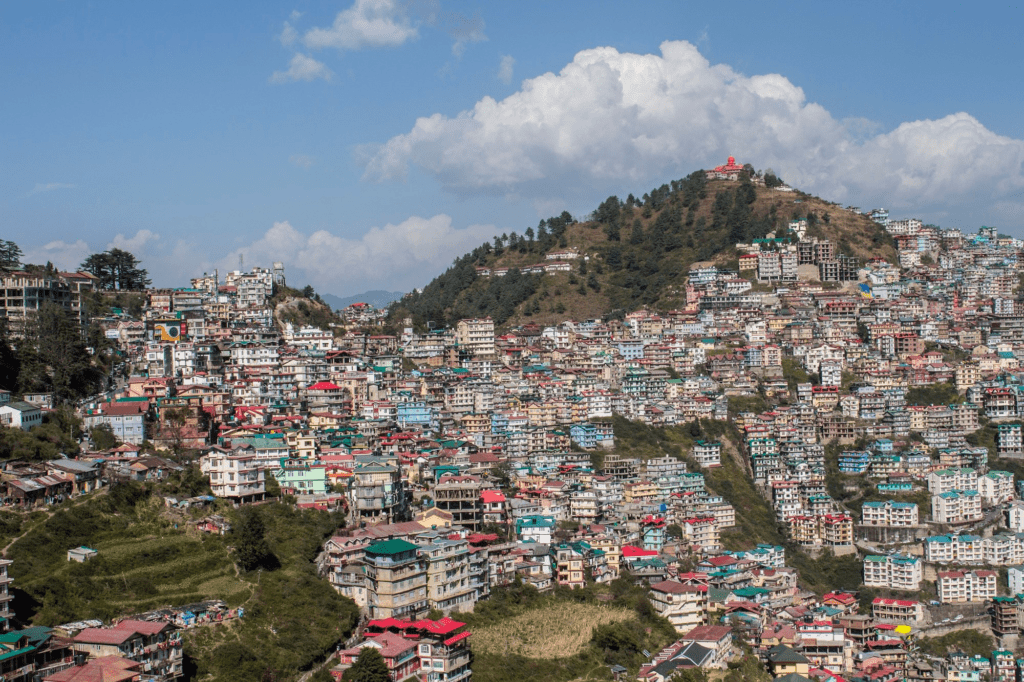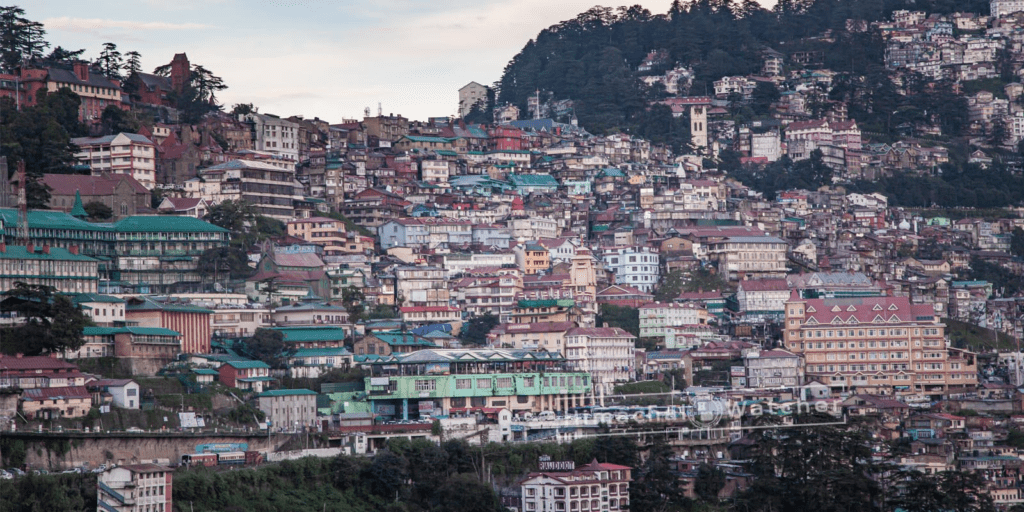
Introduction
Nestled amidst the picturesque Himalayas, Shimla, once the summer capital of British India, continues to captivate with its charm and beauty. However, behind its scenic vistas lies a city grappling with urban challenges, particularly in the realms of city planning, rain-induced devastation, and the increasing impact of climate change. In this blog post, we delve into the issues surrounding city planning in Shimla and shed light on the recent devastation caused by heavy rains and climate change.
City Planning Woes

Shimla, with its narrow winding roads, hilly terrain, and colonial-era architecture, presents unique urban planning challenges. The unplanned and haphazard growth of the city over the years has led to congestion, inadequate infrastructure, and environmental degradation. The city’s unplanned expansion has put immense pressure on resources, including water supply and waste management, resulting in severe strain on the ecosystem.

The historic heritage of Shimla, with its British-era buildings and structures, necessitates a delicate balance between preserving the past and catering to the demands of modern urbanization. A lack of comprehensive zoning regulations has led to unchecked construction, often at the cost of the city’s historical character and structural stability.

Rain, Devastation, and Climate Change in Shimla
Shimla’s idyllic charm takes a harsh hit during the monsoon season. The city’s geographical location, with its steep slopes and fragile terrain, makes it susceptible to landslides and flash floods triggered by heavy rainfall. Recent years have witnessed an increase in the frequency and intensity of rain-related disasters.
The devastating impact of climate change is becoming more evident with each passing year. Changing weather patterns, unpredictable rainfall, and rising temperatures have aggravated the challenges faced by the city. Glacial melt in the nearby mountains contributes to increased water flow during rains, further exacerbating the risk of flooding.
Current Devastation
In recent times, Shimla has been at the receiving end of nature’s fury. Unprecedented rainfall has led to landslides, flooding, and the destruction of infrastructure. Flash floods have not only disrupted daily life but have also taken a toll on human lives and property. These climatic events have exposed the vulnerability of the city’s urban planning and infrastructure to the changing climate.

9 dead as temple collapses in rain-hit Shimla 2023
Moving Forward
The challenges faced by Shimla demand a holistic approach to city planning and climate resilience. Urban experts emphasize the need for sustainable urban growth through efficient land use, strict zoning regulations, and the preservation of the city’s architectural heritage. Investment in modern infrastructure, including effective drainage systems and rainwater harvesting, is crucial to mitigate the impact of heavy rainfall.
Furthermore, addressing climate change requires both local and global efforts. Shimla’s residents, administration, and environmentalists must collaborate to create awareness, advocate for sustainable practices, and implement measures that enhance the city’s resilience to climatic shocks.
Conclusion
As Shimla navigates its way through the complex issues of city planning, rain-induced devastation, and climate change, it stands at a crossroads that demands careful and decisive action. The delicate balance between preserving its history and embracing its future requires innovative urban planning, community engagement, and a collective commitment to a sustainable future. Only through a concerted effort can Shimla continue to enchant visitors while ensuring the well-being of its residents in the face of these mounting challenges.


